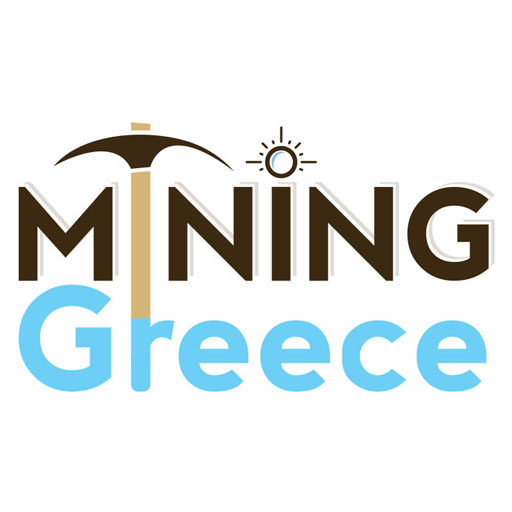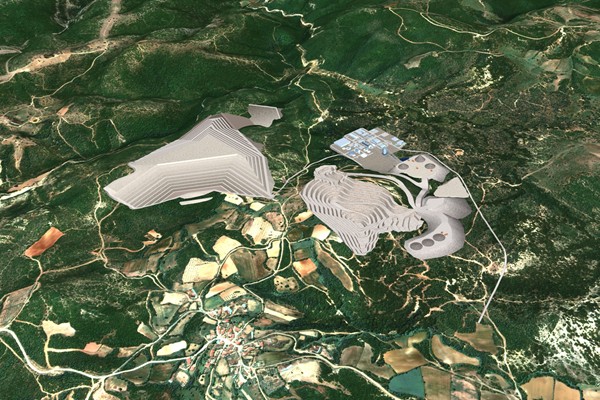The Perama Project will be, as of today, one of the most important investments in the area of Thrace, in the NE boarder of Greece with positive contribution to the economy and the quality of life in the area’s residents, while ensuring the strictest environmental and social responsibility operational standards. The company “Thracean Gold Mining S.A” is an investment entity of the Perama Project in Thrace, with an investment capital of 150 million Euro while, throughout the next decade, another 190 million will be invested as well. The direct job positions amount to 200, and indirect employment amounts to 800 additional job positions. The income from Project Perama is estimated to 600 million Euro. In addition, it is noted that the taxes (40%) from the Project’s operation are estimated to be 260 million and are a reasonably significant contribution of the Project to the national economy (the calculations were made with the price of gold at 1400 per ounce). It is also important to note that about 70% of the capital investment and 100% of the operation’s cost are projected to remain in Greece and especially in the Area of Thrace in the form of salaries, services, supplies, engineering work, transportations, energy etc. Project Perama, according to the study social analysis of cost-benefit that was carried by the National Technical University of Athens (2003 prof. K. Panagopoulos, D. Kaliampakos), is considered socially beneficial in financial terms. In the analysis, environmental matters were taken into consideration. The two financial figures IRR (Internal rate of return), and NPV (Net Present Value), which were measured on a social basis, appear positive in all valuation scenarios.
The Perama oxide gold deposit is a typical of low sulfidation, being hosted in sedimentary deposits of Eocene to Oligocene age, located in the Northeastern Greece, in the border between the Rodopi and Evros Prefectures. The gold mineralization has been fed into the system by structurally controlled feeders inside andesitic volcanic breccia and disseminated into overlying porous sandstone units. Eighty percent (80%) of the gold is hosted by sandstones and the rest is associated with andesitic breccia and conglomerates. The Perama deposit is free of As (arsenic), Pb (lead) or other heavy metals.
The project is located in an uninhabitable area of low agricultural and forestry productive value in Evros prefecture in Thrace. The project is 5 km away from the sea, 28 km from the port of Alexandroupoli, 15 km from Makri, 7 km from Mesti and 500m from the village Perama. The intervention area of the project is 742 acres in total. Its design is in complete agreement with the instructions of the European Union about the Best Available techniques and Mine Disposal which are based on the principle of “zero denial” towards the environment (solid waste disposition filter cake, dust elimination, water recycling), and of course, Greek Legislation.
The operation involves an open pit mining of the ore and waste, (“waste” is the low grade barren rock surrounding the ore that is uneconomic to process), hauling the ore to the run of mine, ROM, pad to be stockpiled. The ore is then crushed in a closed system with a wet scrubbing system to collect the dust, the crushed ore is stored in a bin, which is then fed to a milling section where the ore is ground up to 80% passing 100 micron in water. The ground ore is then leached with a dilute cyanide solution in the leach tanks where the gold is recovered. After the cyanidation process, the cyanide is destroyed using the INCO S02/air cyanide destruction process, the tailings are then dewatered as they pass through filter press units and the dry stack (filter cake) is deposited into the Mine Waste Management Facility, MWMF, for storage.
The Project’s implementation timetable consists of 3 stages. Stage one is construction of the project which will last 18 months. Stage 2, the duration of whose duration is estimated at 8 years, includes the process of exploiting the gold-bearing ore with cut and cover method, and the “collection” of valuable metals (gold and silver) with hydrometallurgical method in presence of active carbon. The operation specifications of the project which are defined by the legislation ensure complete elimination of dust with maceration on the excavation spots and transportation of the ore.
In the next stage, the ore will be processed in a solution of sodium cyanide which has the ability to separate gold and silver from the rest of the ore. At this point the gold-bearing solution goes to the electroplating recovery circuit for the production of a gold and silver alloy (Doré).
The remaining material goes through a process of eliminating the cyanide, and with the aid of the INTCOM method, the final cyan content becomes less than 1 ppm., which is ls less than one gram per ton (10 times less than what European legislation determines). The clean now material goes through filter press, is compressed, dehydrated and what remains is a liquidless solid waste with 15% humidity, liquid cake! Water from the filter press is recycled and goes back to the production process achieving great savings in water consumption since 93% of the demanded quantity comes from recycling. Filter cake, will be transported to the weatherproof storage space. In the project’s previous design, there used to be a tailings pond that would occupy almost double the space than what the current does. The company’s commitment is highlighted, that no cubic of water that is used for irrigation or water supply of the villages or the area will be used.
The third and final life stage of the project will last 1.5 year and includes the secure closure of the mine as well as the environmental recovery of the areas of activity with disassembly of the gold processing plant and all the assisting facilities and parallel vegetation of the area by endemic kinds of flora. The final form of the recovery plan will be decided with the local authorities, however, tree planting of a large area is definite. For that purpose, nursery garden is already being constructed in Perama, in cooperation with the Democritus University of Thrace, from which, a large amount of black pine trees and other area species will be reproduced.
THRACEAN STRUGGLE, John Nikitas, 25/04/2015

